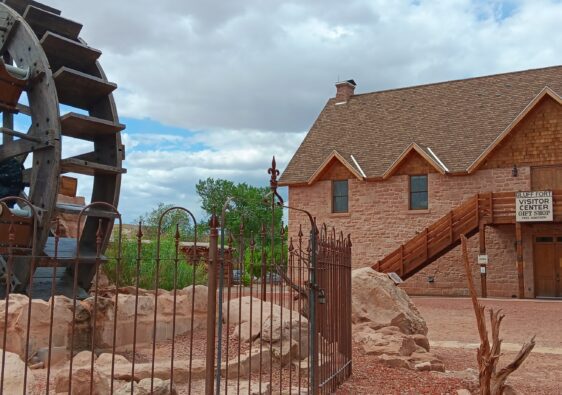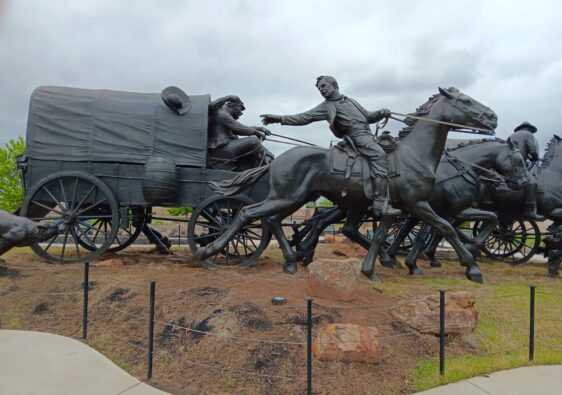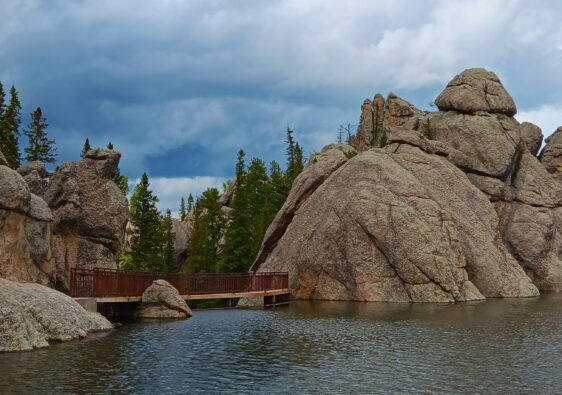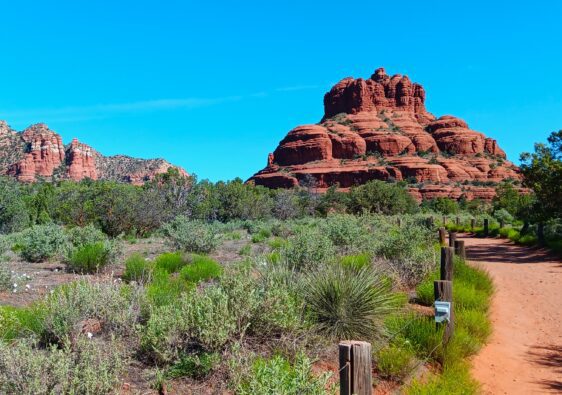How to Wander the Petrified Forest National Park in Just One Day
Petrified Forest National Park has one of the world’s largest concentrations of petrified wood, formed from beautiful rainbow-colored quartz.
We visited the Petrified Forest National Park, near Holbrook, Arizona in April, entering via the North Entrance Station. The park road is 28 miles long, from the North Entrance Station to the South Entrance Station, with Visitor Centers at each entrance. The park’s north section primarily features the Painted Desert and the south section is where all the petrified wood is.
The Painted Desert
Before arriving at the park, we didn’t know about the Painted Desert, which runs from the eastern end of the Grand Canyon to the Petrified Forest. This national park is entirely within the Painted Desert. Our first stop was the Painted Desert Visitor Center where we acquainted ourselves with the park and got a park map.
We headed south from the Visitor Center, stopping at many of the viewpoints along the way. First up was the Painted Desert Inn, a national historic landmark, originally built in the 1920s from petrified wood. The owner called it the Stone Tree House. In the 1930’s the National Park Service acquired the Inn and renovated it as an adobe structure, primarily because the original building was badly damaged. One can wander around in the Inn, learning about its history through the many living history exhibits.
From the Inn, we caught our first glimpse of the Painted Desert, which I found to be breathtaking. The hills, mesas, and buttes feature stripes of color, with each stripe representing a different era in our geological history. This geology booklet, put out by the park service, is great, explaining when each of the colored areas formed and why they are the color that they are.
Steve, being red/green color blind, was not as enthralled as I was when the colors were red and green, but in the “Blue Mesa” section, he was able to enjoy the scenery. The picture below is my absolute favorite!
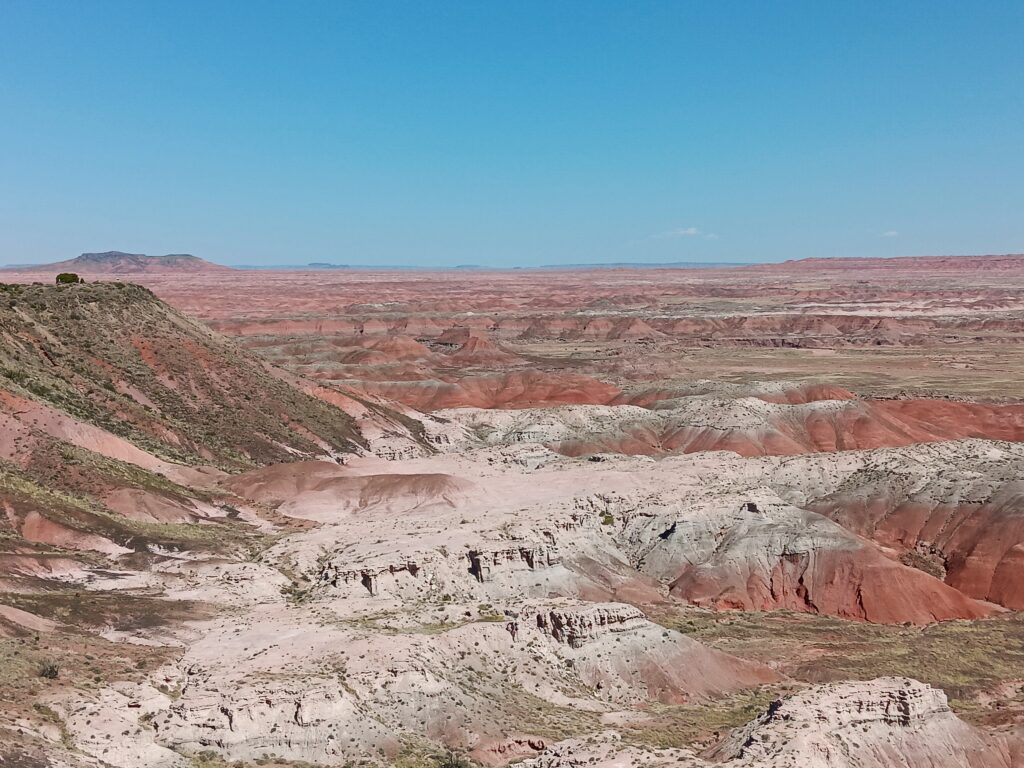



We walked part of the Painted Desert Rim Trail, with me marveling at the fantastic color, then continued south. The first few miles of the park road were all about the red and green section of the Painted Desert and I made Steve stop at every viewpoint.
Puerco Pueblo and Newspaper Rock
Two of the viewpoints were Puerco Pueblo and Newspaper Rock. Exhibits at both viewpoints were informative, providing the history of ancient Puebloans who lived in the area between 1200 to 1300 AD. At its largest size, the pueblo probably had around 200 people living in it. The ancient petroglyphs were found on several rocks, not just “Newspaper Rock”. There are at least 650 petroglyphs, many of which you can see from various viewpoints. For their protection, you can only view them at a distance.
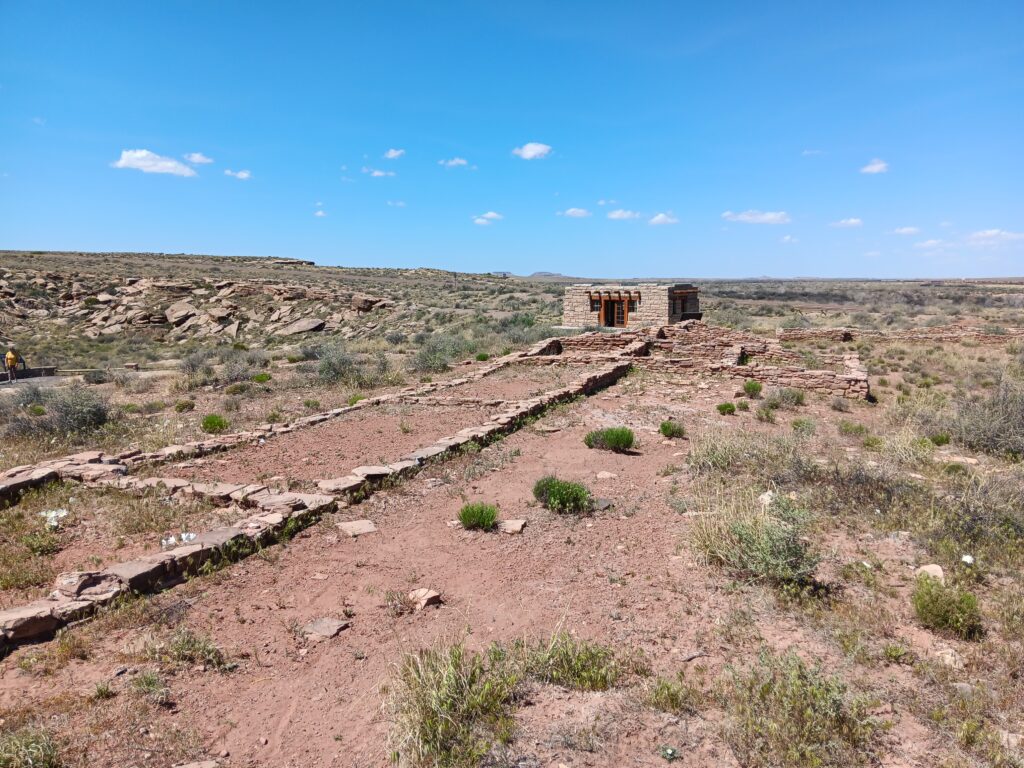



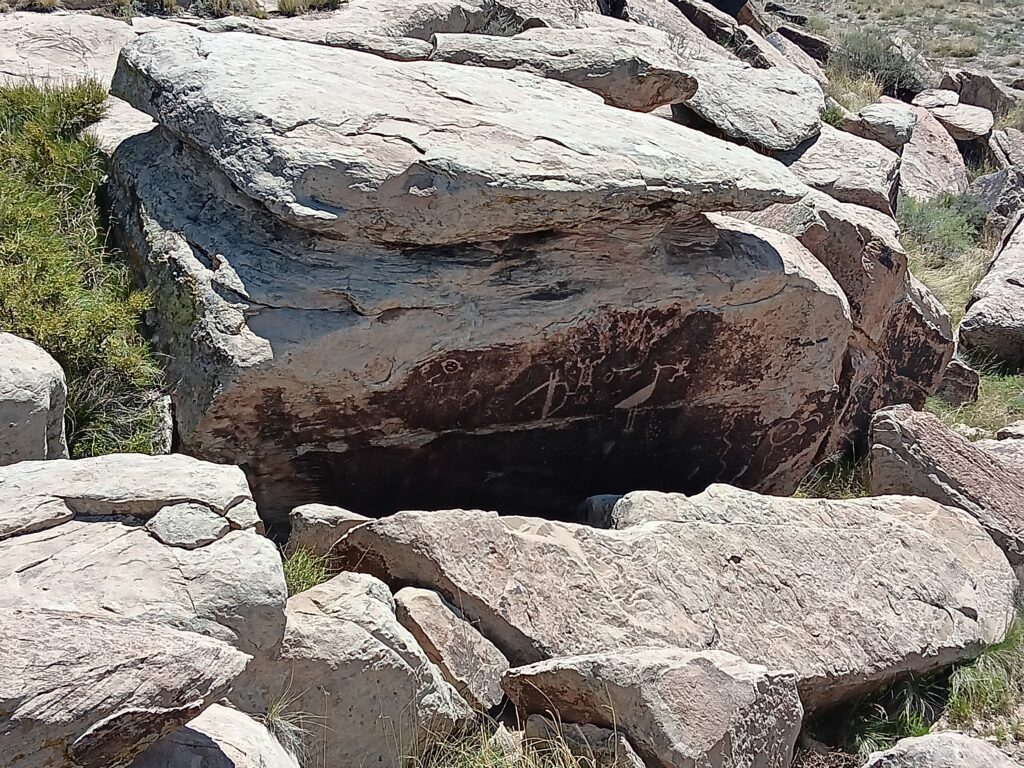

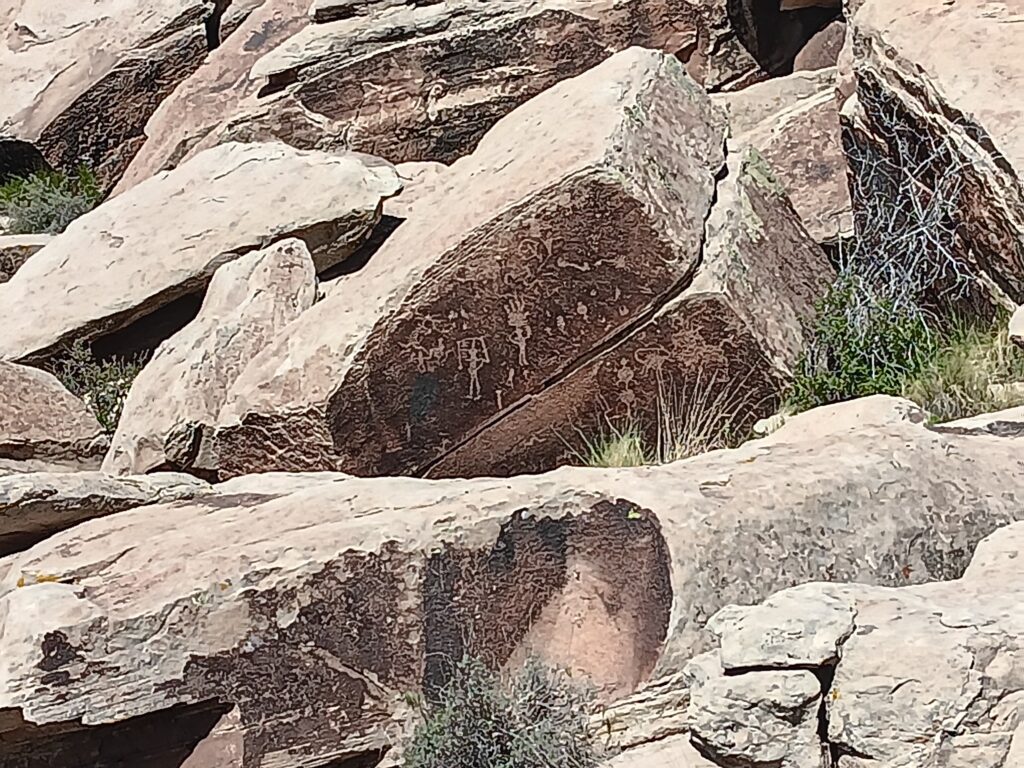

The Teepees
The colors of the Painted Desert changed as we approached the Blue Mesa, approximately halfway down the park road. We stopped at the Teepees viewpoint and followed an unmarked trail, exploring the colorful mesas. In this area, the conical mesas are thought to resemble teepees, hence the name.
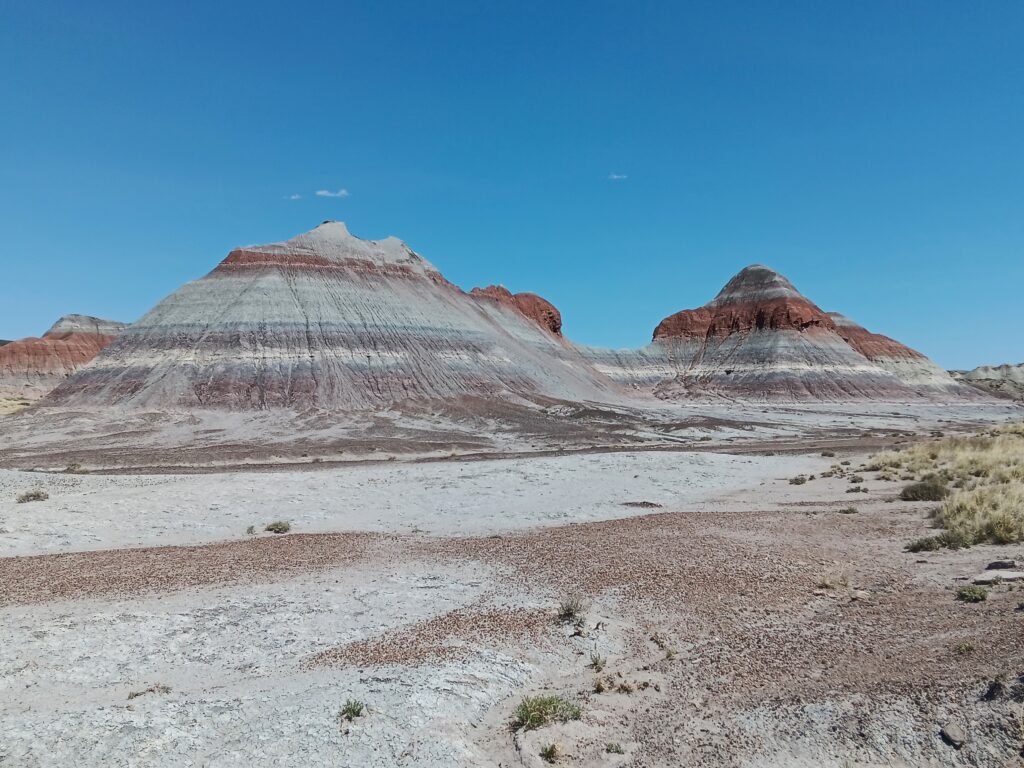

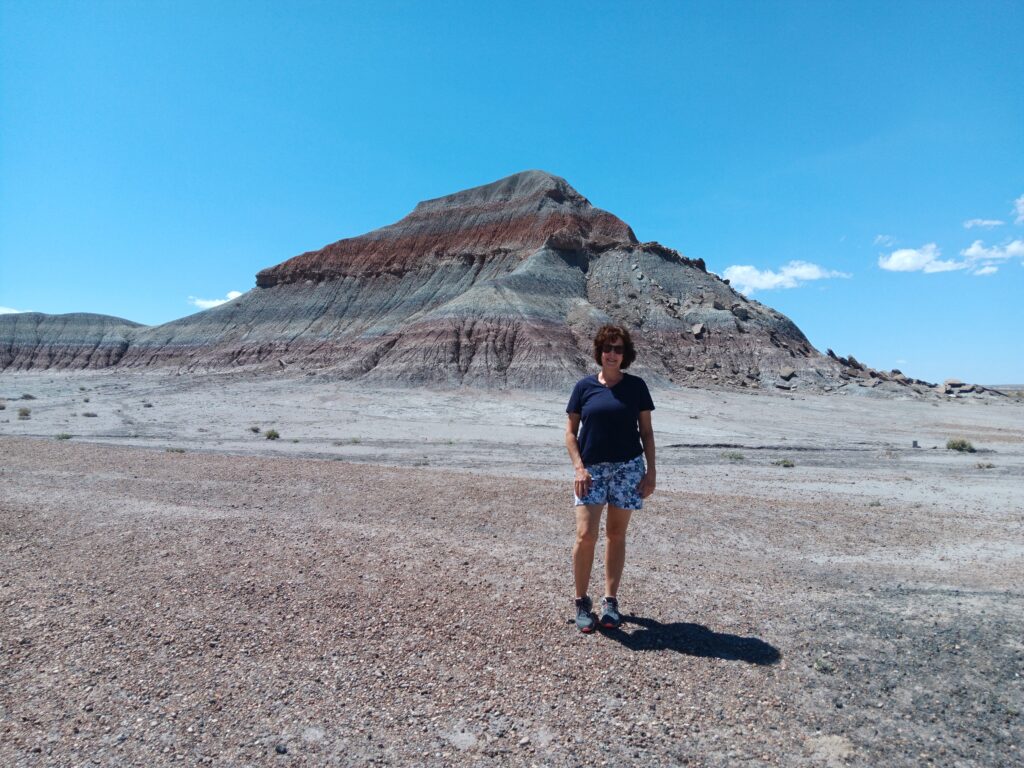

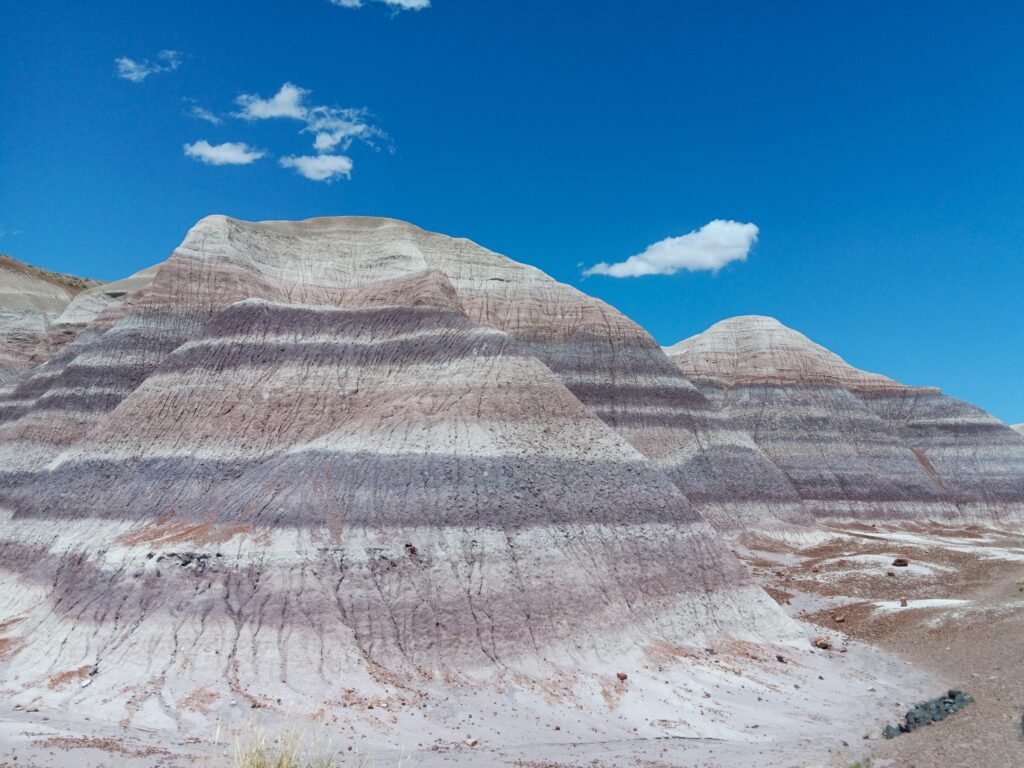

Blue Mesa
The Blue Mesa Trail is probably the most popular trail in the park. This one mile hike follows a steep path from the parking lot into a valley, with colorful mesas surrounding you.
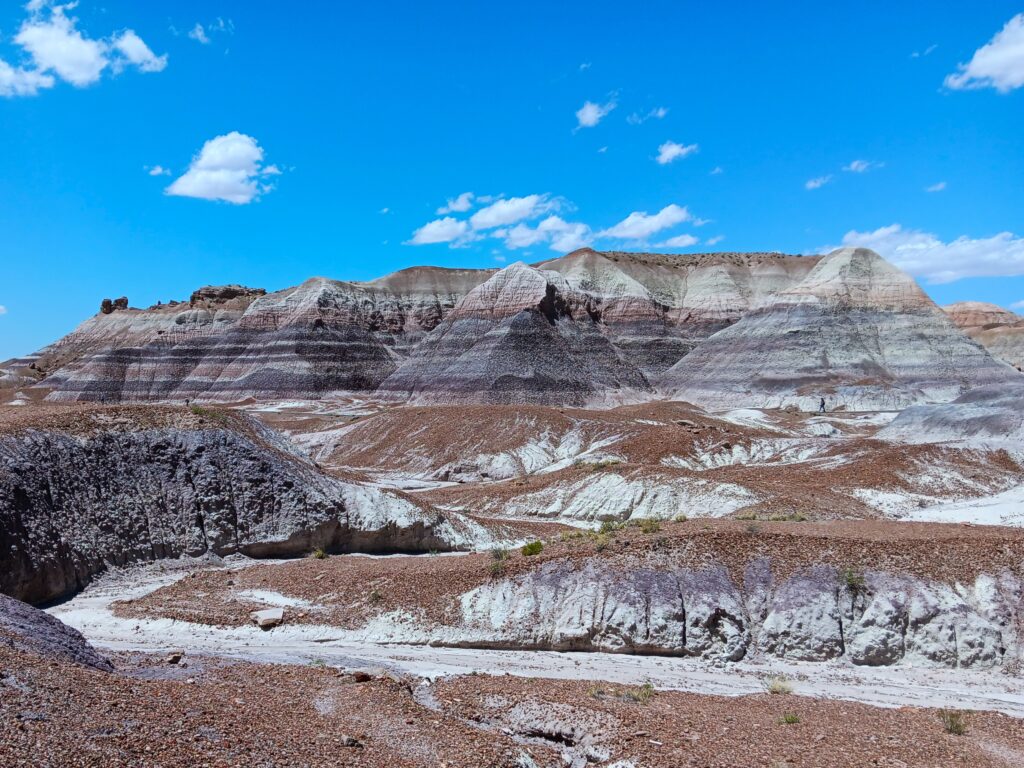



Agate Bridge, Jasper Forest, and Crystal Forest
As I mentioned before, there is a LOT of petrified wood located throughout the park, but the southern end of the scenic route had the greatest concentrations. Agate Bridge, Jasper Forest, and Crystal Forest were the three great locations for seeing petrified wood. You can walk around looking at the petrified wood, touching it, even picking it up, but it is against the law to take it. Petrified wood can be purchased in the gift shops, however. This petrified wood is mostly collected and sold by Indians on nearby reservations and is not from within the park.
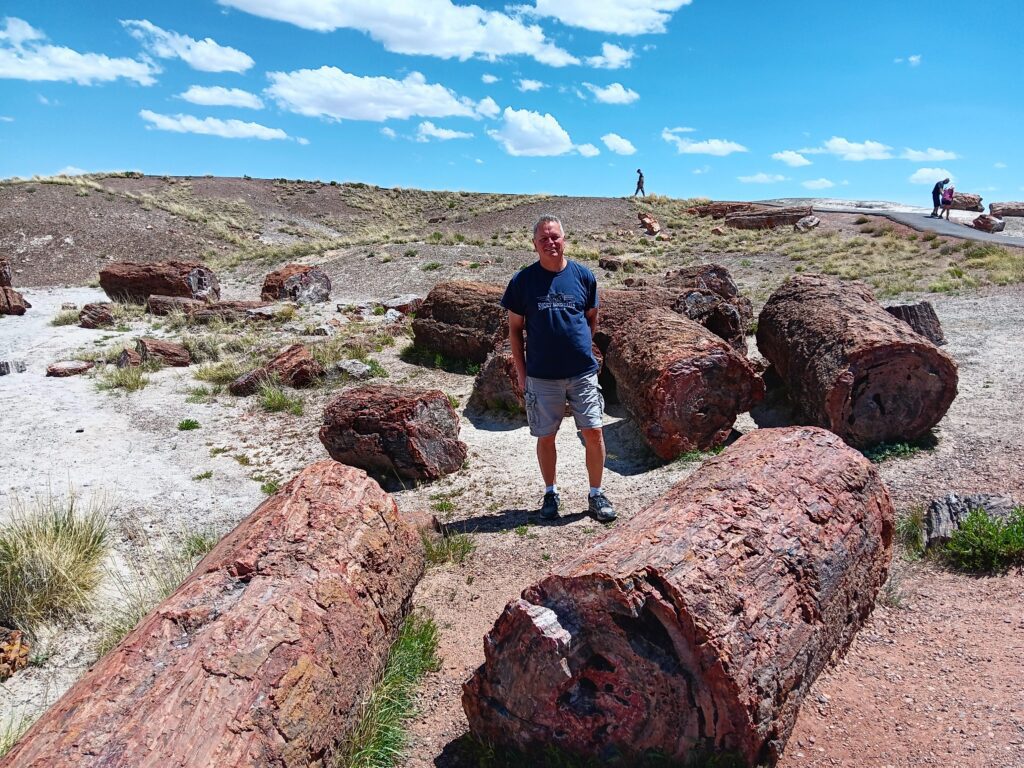

We were wondering what, exactly, petrified wood was and we found out that 200 million years ago, trees became buried deep in sediment, and over time, the organic matter was replaced by minerals, primarily quartz. The color variations are striking!


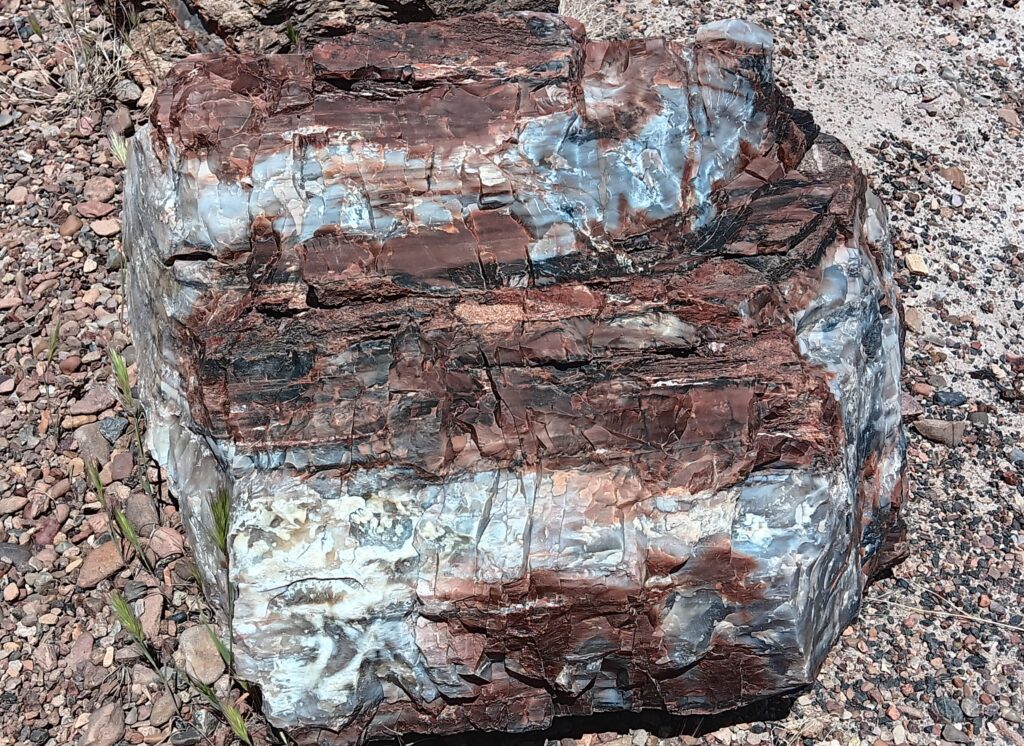





In the picture below, you’ll notice that the wood looks like it was cut, but that is just because, when it breaks, it breaks in a straight line directly across the diameter.
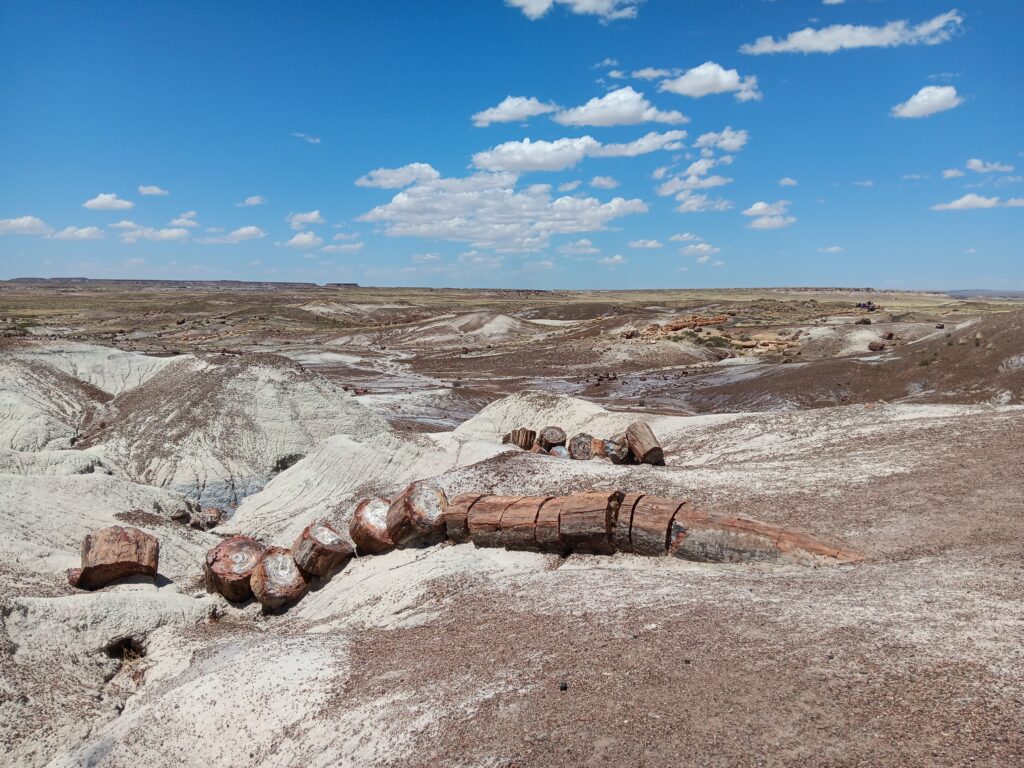

Rainbow Forest Museum
The Rainbow Forest Museum, located near the south entrance station, has visitor services, a gift shop, and exhibits on:
- paleontological history
- human history
- geological history.
Long Logs and Agate House
Long Logs and Agate House Loop Trail is a 2.6-mile hike located near the south entrance to the park, by the Rainbow Forest Museum. Long Logs also has a large collection of petrified wood, including lots of long logs. Agate House is an ancient Puebloan home built of petrified wood. We did not explore this area, but, having seen the pictures, would do so on a future trip.
Wrapping it up
I wasn’t sure if the Petrified Forest National Park would be all that wonderful, but it was surprisingly so. This is a park that is easily visited in one day unless you decide to go backcountry hiking. Here are some planning highlights below that you may find useful when planning your trip to the Petrified National Park.
Planning Highlights
Best Time to Visit
Spring and fall are the best seasons to visit the Petrified Forest National Park. We visited during April and had spectacular weather, not too hot, not too cool. Summer is the busiest season, and also the rainiest, but photographing the painted dessert after a rainstorm will result in amazing photographs since the colors will be vibrant and crisp.
Where to Stay
The Painted Dessert Inn is not an option for lodging, but be sure to visit! We stayed in Holbrook, AZ, which is the closest town.
How to Get There
The closest airport is Albuquerque International Sunport, although there are several major airports in Arizona. The closest town is Holbrook, AZ. This park is located just at exit 311 off Interstate I40.
How to Get Around
There is no shuttle service in the park, so you will need an automobile to travel the park unless you book a tour. There are a few tour options, but this park is small enough to easily explore on your own. You can also ride your bike through the park.
How Much Does it Cost
The entrance fee for one private vehicle is $25. If you are visiting more than one national park, you should consider getting the America the Beautiful Pass. This interagency pass gets you into National Parks, National Monuments, and other Federal Recreational Land.
Maps and Publications
